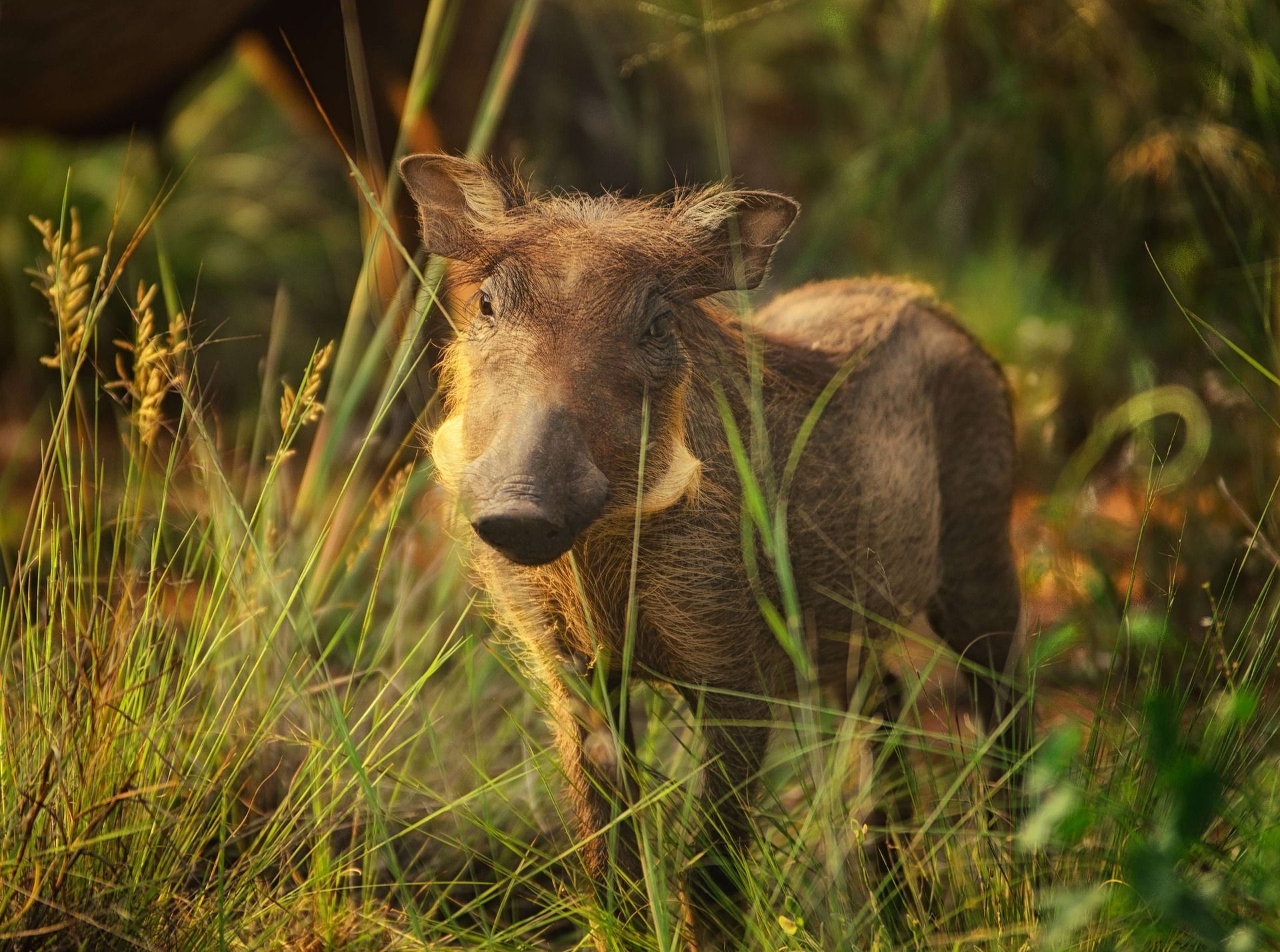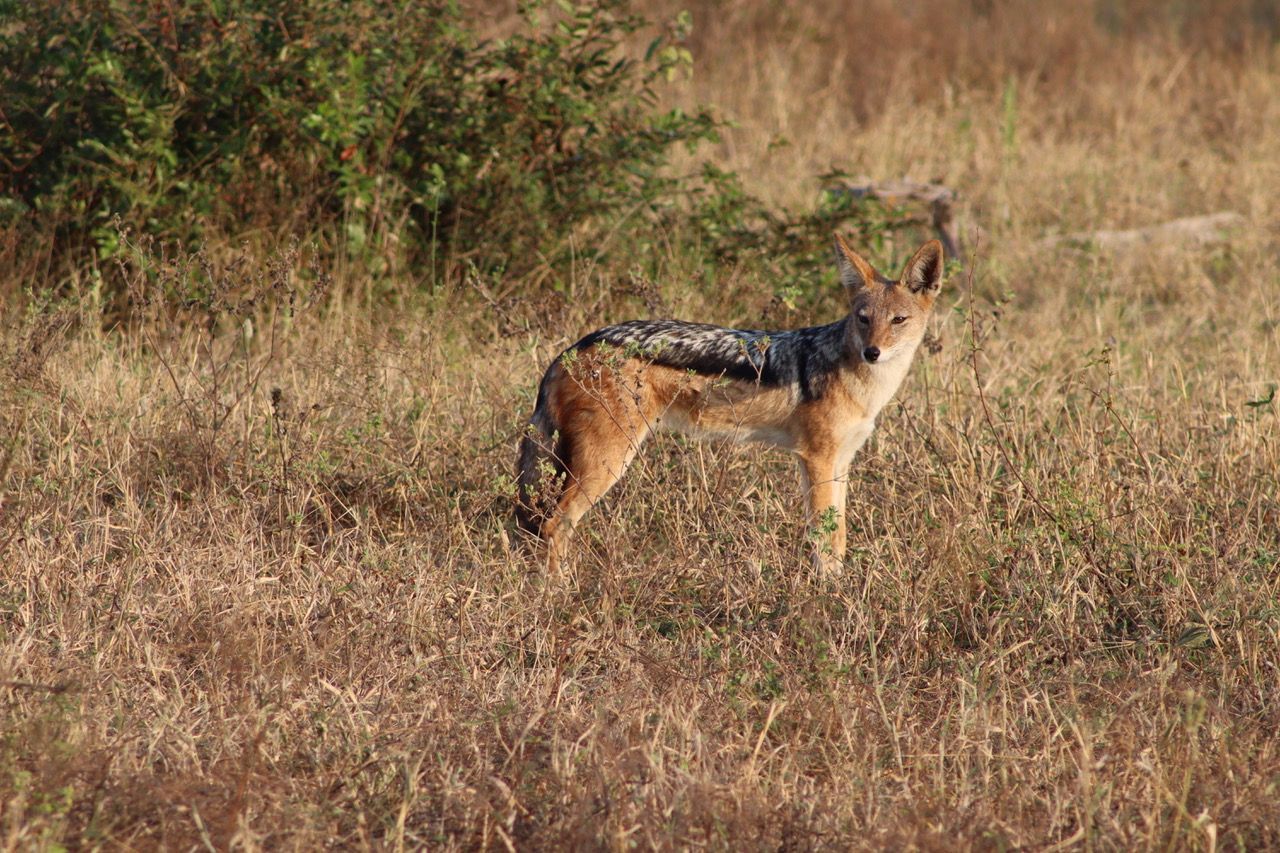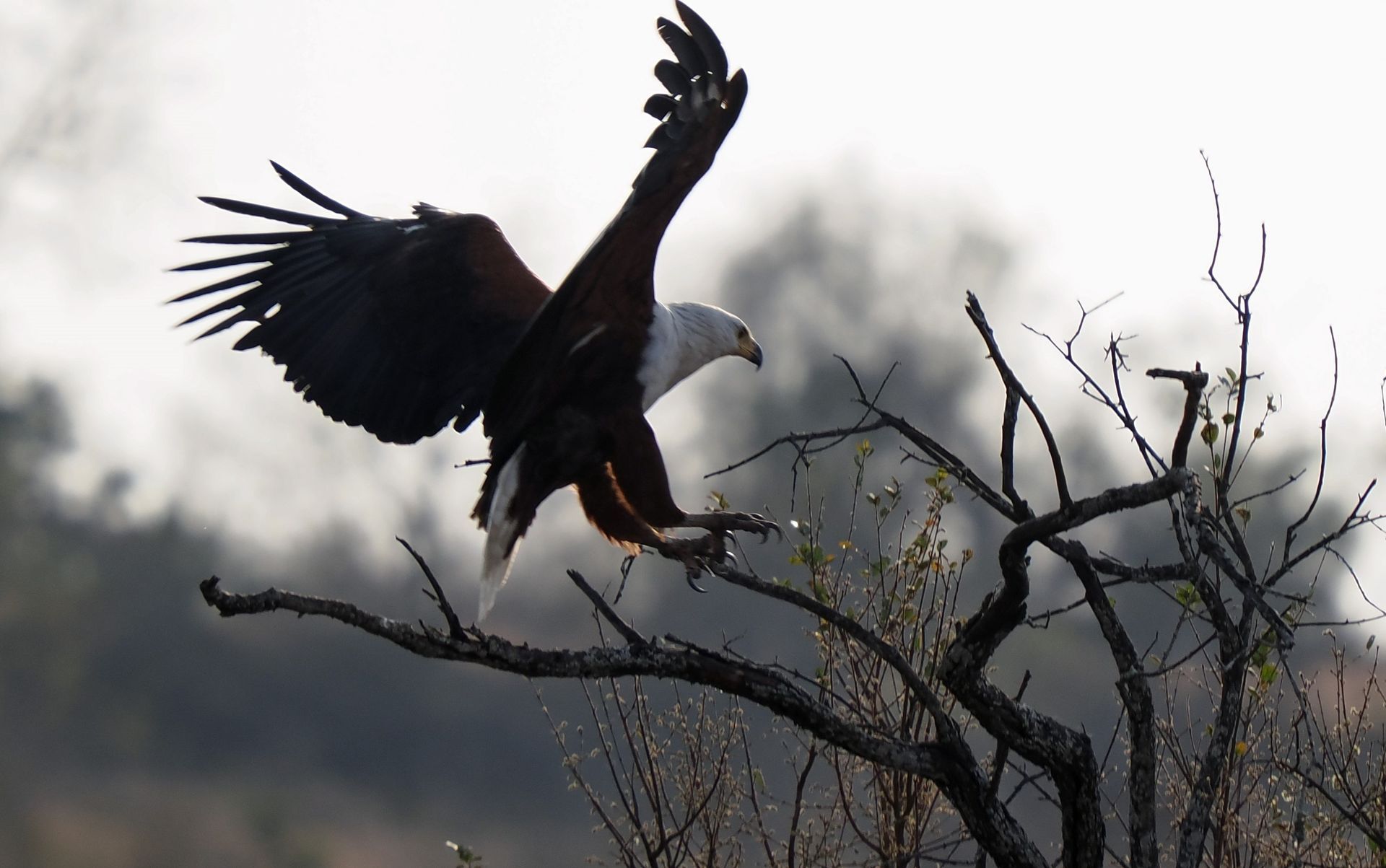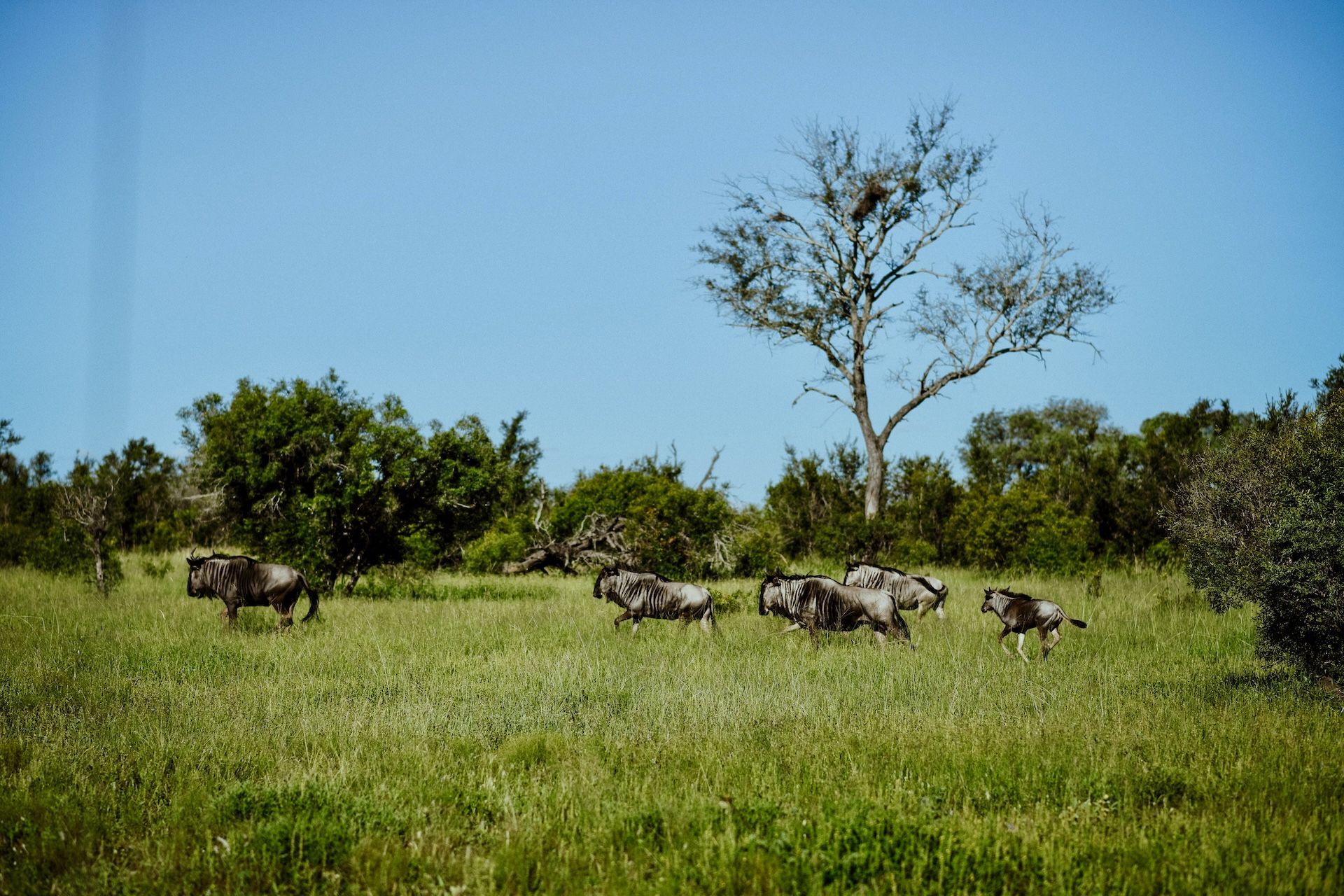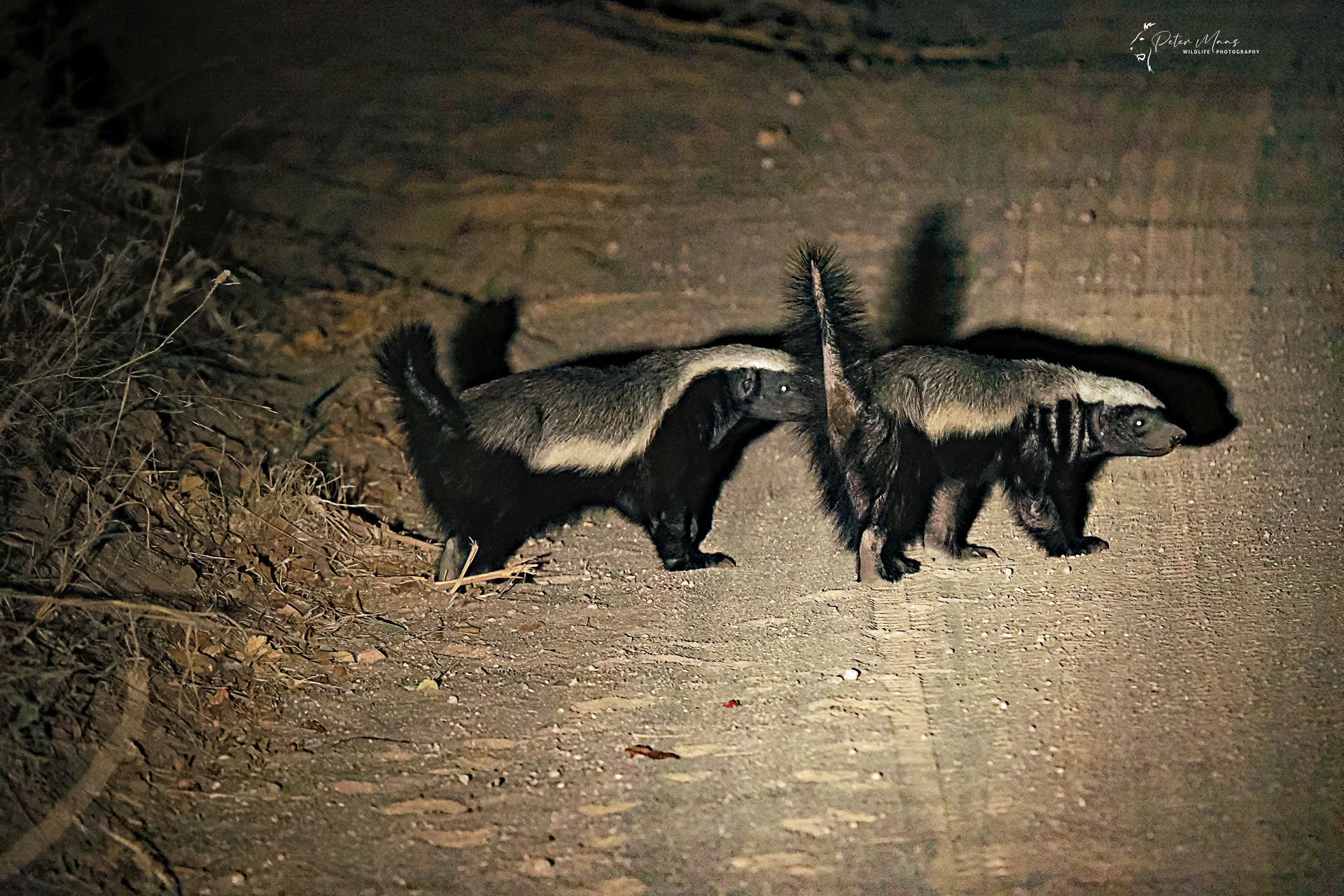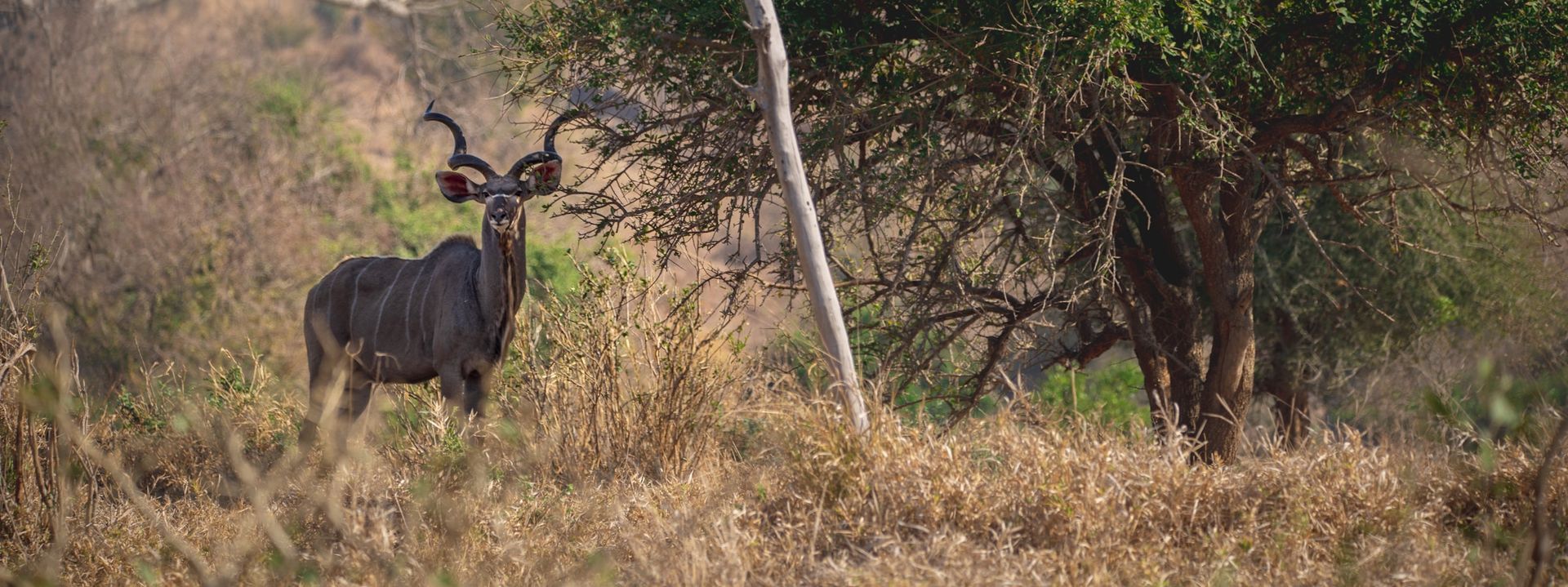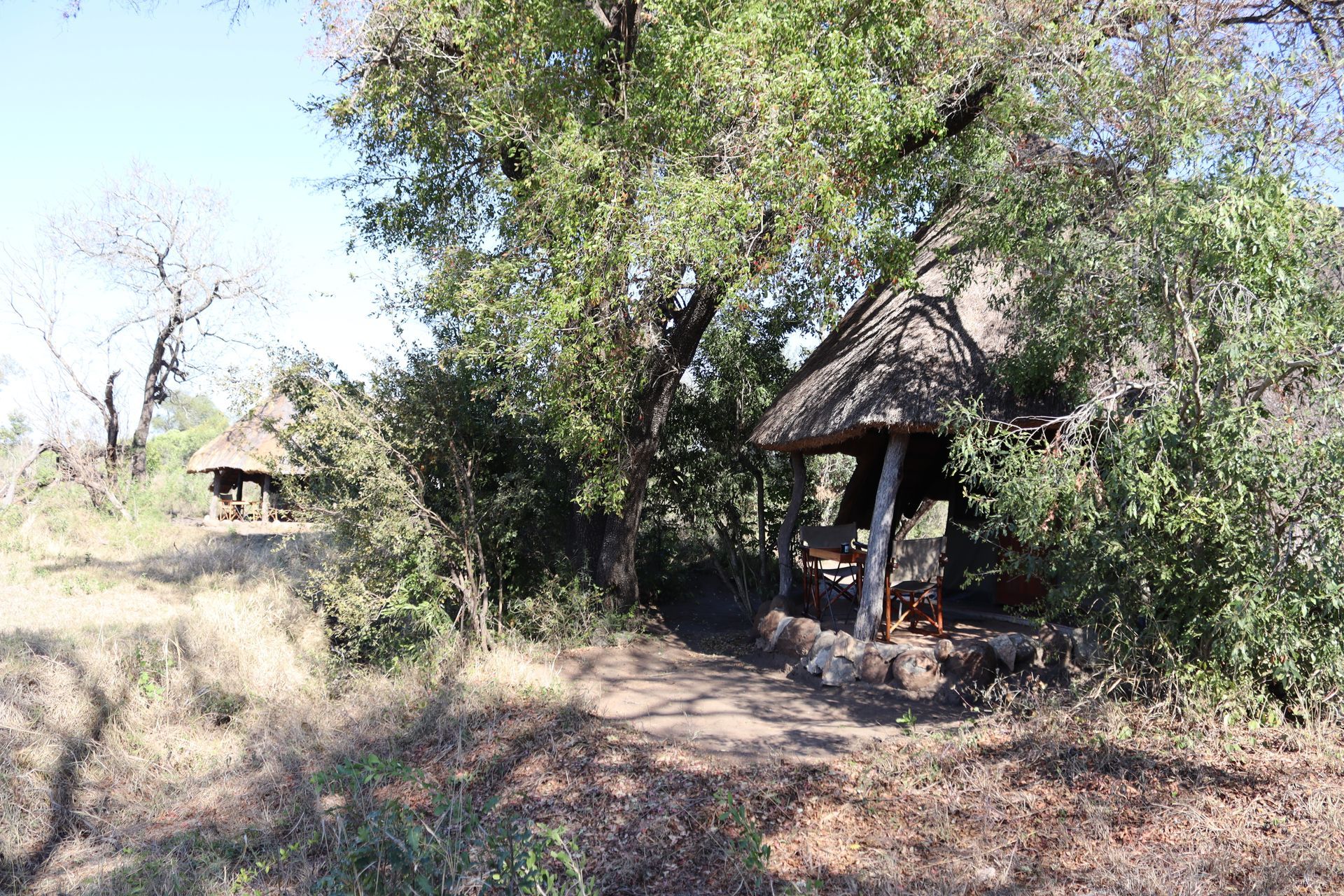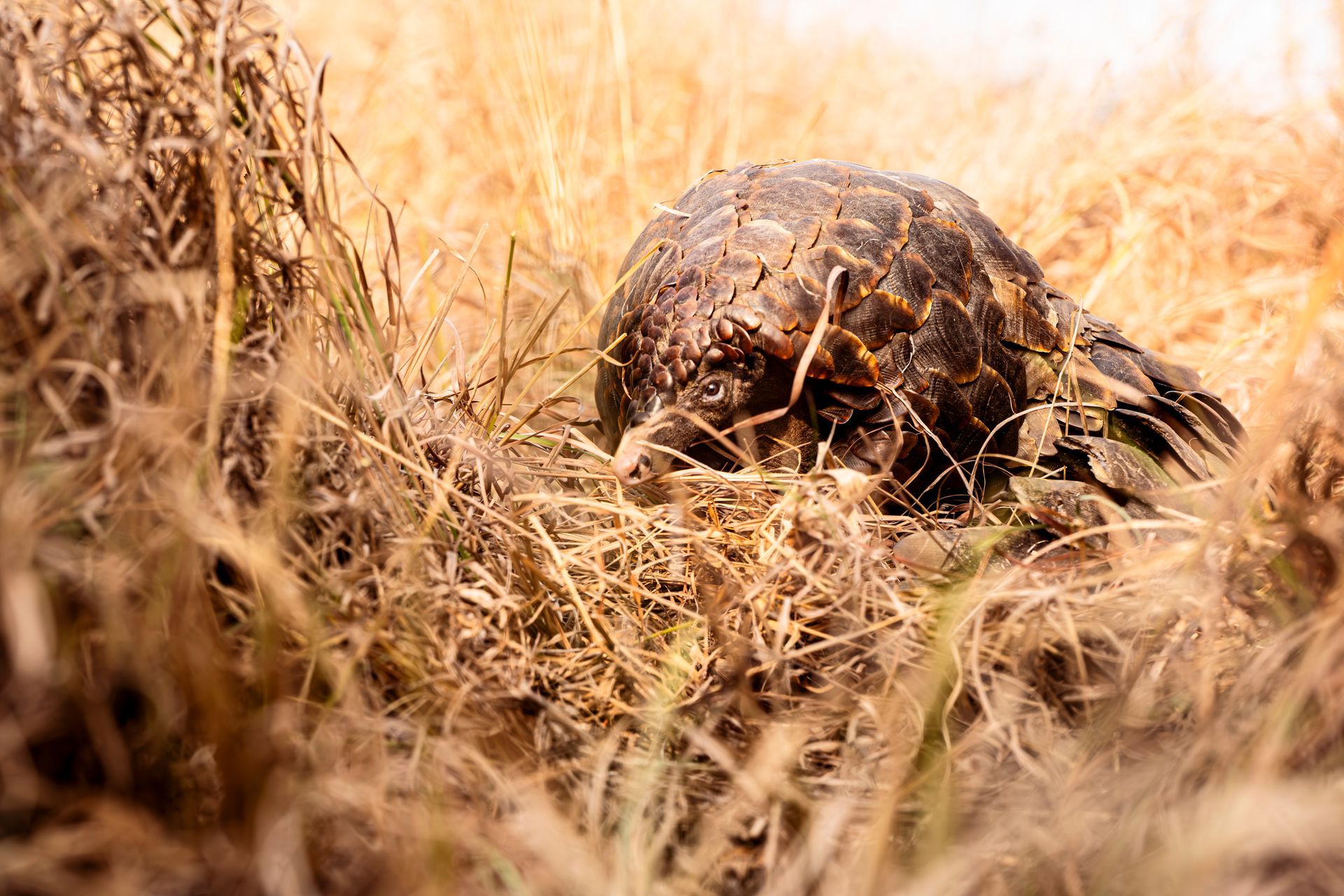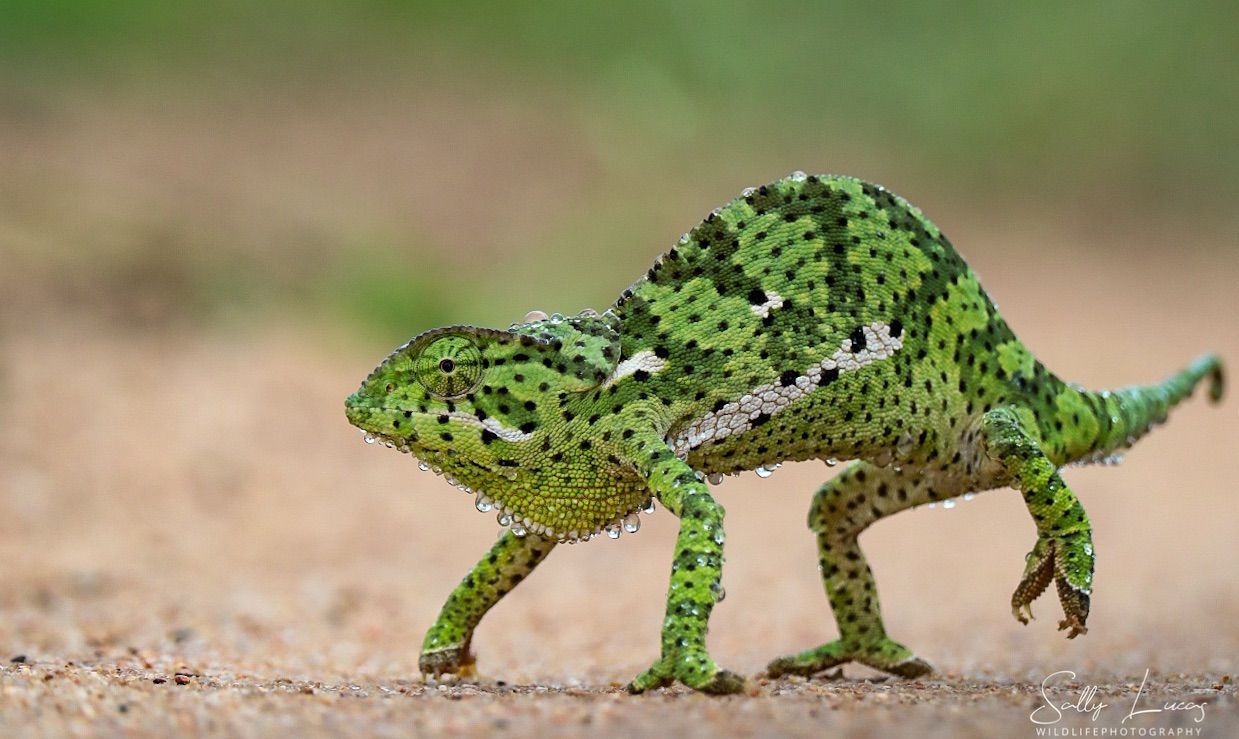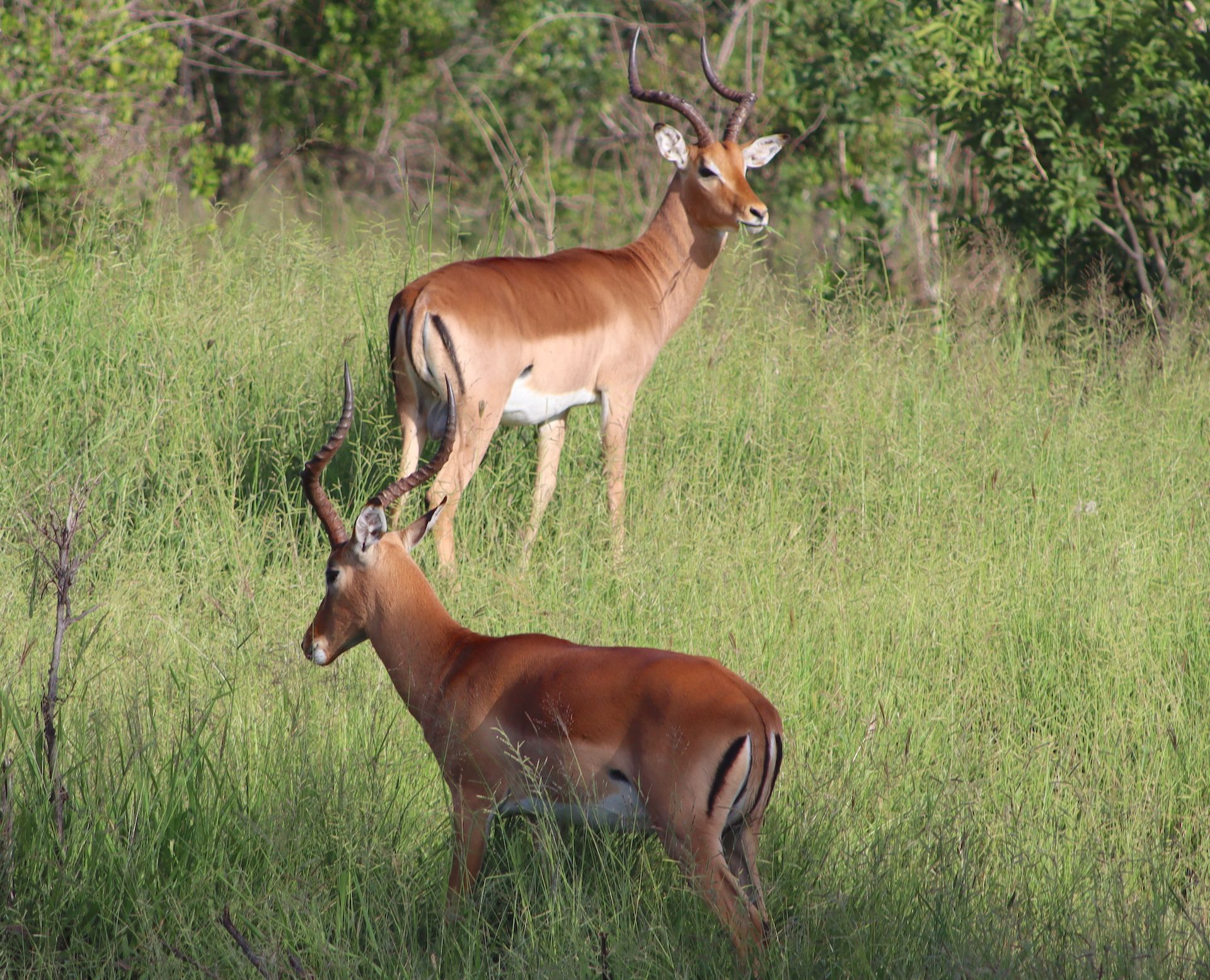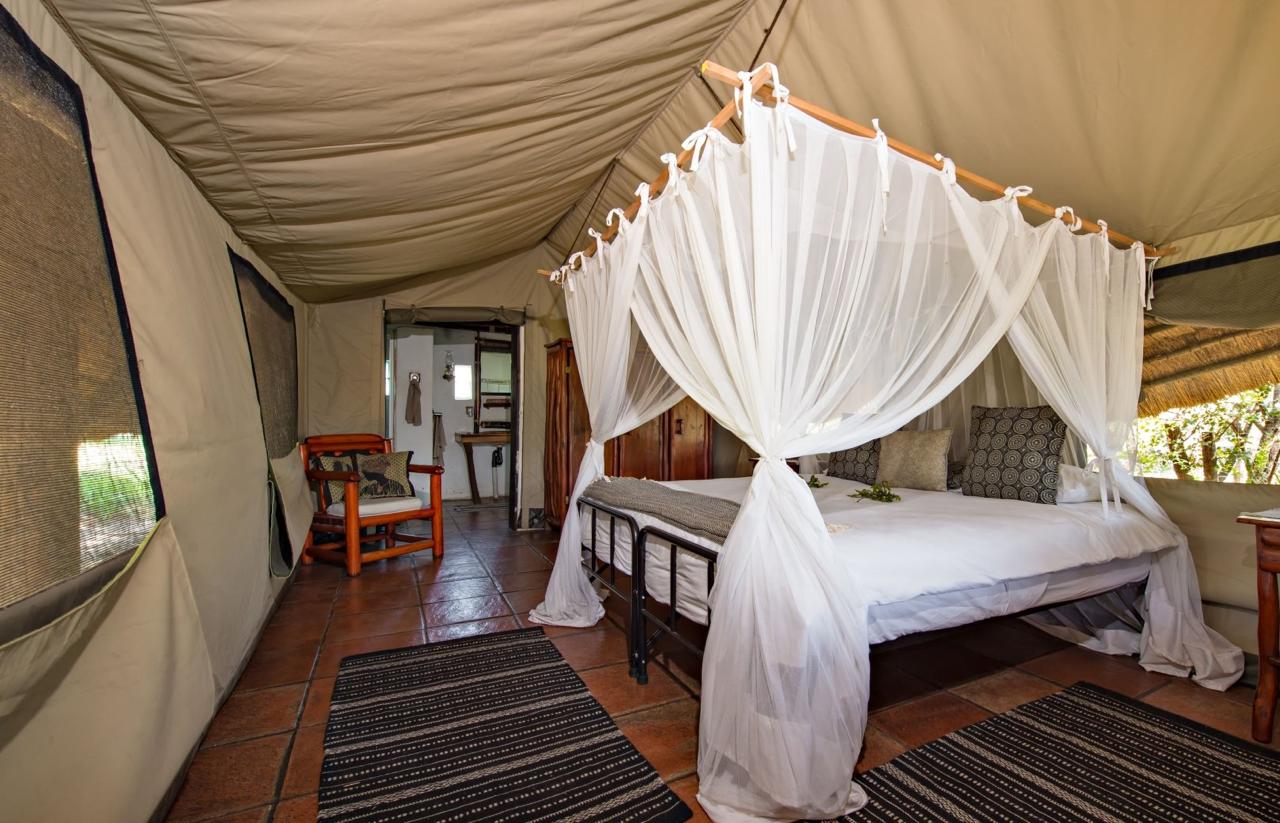The Manyeleti's most overlooked mammal
There's more to the impala than meets the eye!

It's usually the first animal you see when you go on your first safari and at first is an exciting, but when you get to your 100th impala, interest in this beautiful antelope can begin to wane, which is sad because while it's one of the most numerous animals in the African bush, it's also one of the most interesting.
This medium-sized herbivore is native to the expansive landscapes of sub-Saharan Africa. Characterised by elegant physical attributes, the impala's slender frame makes it athletic and nimble and able to jump mid-run to confuse and evade predators. They can leap up to 3m in the air and cover distances of over 9m in a single bound.
We all know about the distinctive black stripes adorning the impala's hindquarters that some think reminds them of a certain fast-food outlet, but the impala is so much more than just food for everything with teeth and claws. For a start, they're highly adaptable and capable of thriving in various habitats, including savannas, woodlands, and grasslands. This adaptability has contributed to their widespread distribution in Africa.
They also employ various strategies to avoid predators, such as forming large herds, using their keen senses of sight and smell to detect threats, and making alarm calls to alert the group to danger. Impalas are known for their wide range of vocalisations, including snorts, grunts, and alarm calls. These vocalisations serve different communication purposes, including warning the herd of danger and maintaining social cohesion.
Sexual dimorphism in impalas is evident, as the males, commonly referred to as rams, sport long, lyre-shaped horns that can reach impressive lengths of up to 91cm. In stark contrast, female impalas, known as ewes, are devoid of these imposing horns.
Impalas are inherently social creatures and live largely in herds, ranging from small clusters to sizable congregations of several dozen individuals. These herds are not without hierarchy, with dominant rams assuming the role of primary protectors for their harem of females and their young.
While male impalas compete for dominance and access to females during the annual breeding season - also known as the rut - it is the females that take on a leadership role and make decisions for the herd's movements. During this time, usually between April and May each year, rams engage in competitive displays and vocalisations to vie for the attention of receptive females.
Ewes give birth to a single offspring following a gestation period averaging around 200 days, timing the birth of lambs to coincide with the start of the rains when grazing and browsing is more abundant. To safeguard their vulnerable young from predators, newborns are concealed and vigilantly guarded for the initial weeks of life.
An impala's diet is fairly adaptable and includes grasses, leaves, and tender shoots. Ecologically, their feeding behaviour contributes to the management of grassland habitats, modulating plant growth and sustaining the overall health of these ecosystems.
